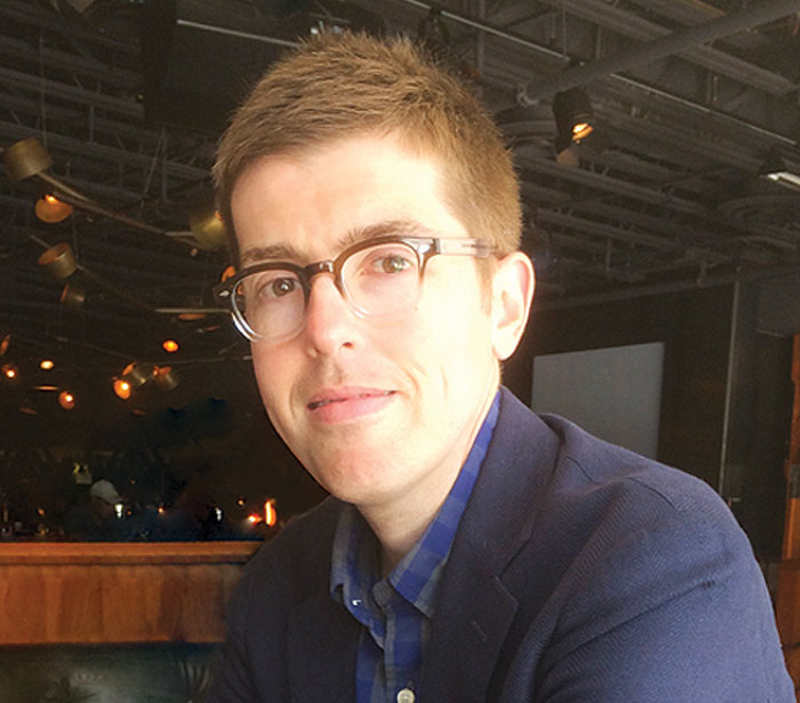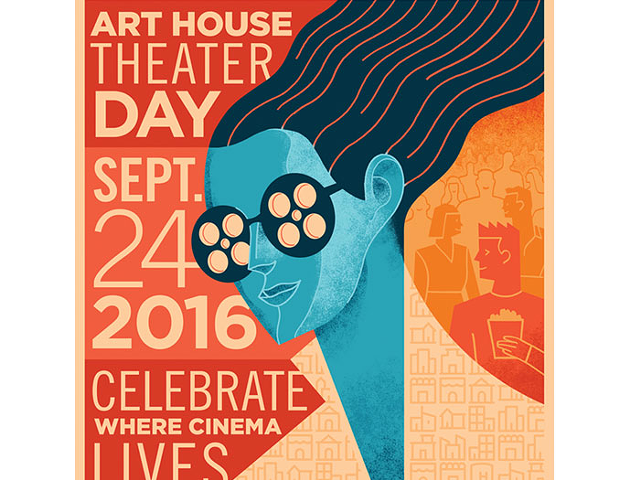Brian Sholis, the Cincinnati Art Museum’s photography curator, has been planning for his upcoming exhibition, Kentucky Renaissance: The Lexington Camera Club and Its Community, 1954–1974, to be the best one since he arrived three years ago. But until very recently, Sholis didn’t also plan on this being his last major exhibition at the museum.
He believes the show, which opens Oct. 8 (for the FotoFocus Biennial) and continues through Jan. 1, 2017, will make a case that Lexington from the 1950s into the 1970s was a national center, a hotspot, for artistic breakthroughs in photography. He also hopes to gain attention for the way Camera Club photographers formed relationships with such writers as Thomas Merton, Wendell Berry and Guy Davenport during that time.
The club’s principal member, the late Ralph Eugene Meatyard, has become recognized as one of America’s leading art photographers, especially for his surreal work featuring children in masks and costumes. But there are others that Sholis thinks deserve wider recognition, including Van Deren Coke, Guy Mendes and Robert C. May.
That’s a cause for anticipation. Yet last week, the museum officially announced that Sholis has given notice. It released the letter he earlier wrote to the museum’s Friends of Photography group making the announcement.
It said, in part: “In order to be closer to family, my wife Julia and I have decided to move to Toronto. I recently gave notice to the museum of my intention to leave; my last day in the office will be Friday, October 21. I am eager to share Kentucky Renaissance, Islands of the Blest (a traveling exhibition he’s bringing to the Mercantile Library) and several other programs with you before that date.”
By email from New York, Sholis didn’t have much to add. His wife, artist Julia Dault, is from Toronto and her parents are there. They also have a young son, Walker.
Perhaps because he had an unusual background as a curator, and as a result had some unusual ideas, Sholis made quite an impression during his short time here. (He has a master’s degree in American history from City University of New York, and was a New York-based writer, editor and independent photography and Contemporary art curator who worked at the Aperture Foundation when hired.)
He was very community-minded. He threw an open house at the museum to introduce himself, standing in a small, temporary photo gallery (the museum doesn’t have a permanent one) talking to one and all who came during a long Sunday afternoon. He then brought photography to the streets, without irony, with a show called Big Pictures that featured reproductions of contemporary fine-art photographs on billboards around town.
For all his community-mindedness, however, he didn’t produce parochial major exhibitions. His Eyes on the Street, which was presented for the 2014 FotoFocus Biennial, was an unusual, avant-garde take on “street photography.”
His next big show, the 2015-16 Field Guide: Photographs by Jochen Lempert, was the German photographer’s first U.S. show, and it was challenging — experimental black-and-white nature photographs that Sholis chose not to frame or formally mount. Sholis had been thinking about Kentucky Renaissance well before coming here (and before photographer Mendes delivered a lecture about the Camera Club during his 2014 FotoFocus-related show organized by Iris Bookcafé and Gallery’s William Messer).
“Five-and-a-half years ago, I was invited to curate an exhibition for a downtown New York nonprofit called Apex Art,” Sholis says. “And I wanted to do an exhibition about the friendship between Meatyard, Davenport, Berry and Merton.”
But he was unable to get access to the late Davenport’s papers, so that show collapsed. “Five years ago, I didn’t know I’d be moving to Cincinnati and be just up the highway from Lexington,” he says. “So once I got here, I dredged up the idea.”
By such serendipitous occurrences do art exhibits happen. Let’s hope there’s much more serendipity in Sholis’ future.
CONTACT STEVEN ROSEN: [email protected]






